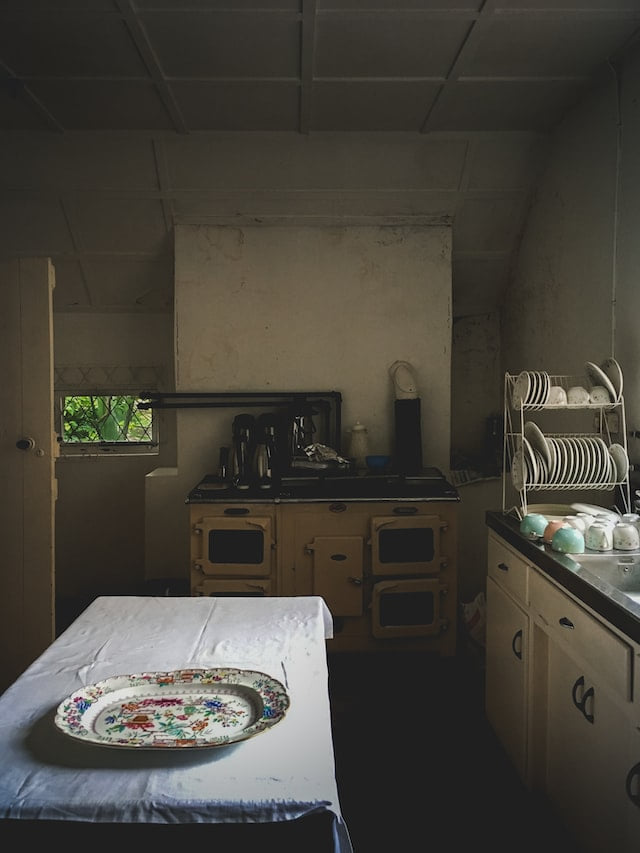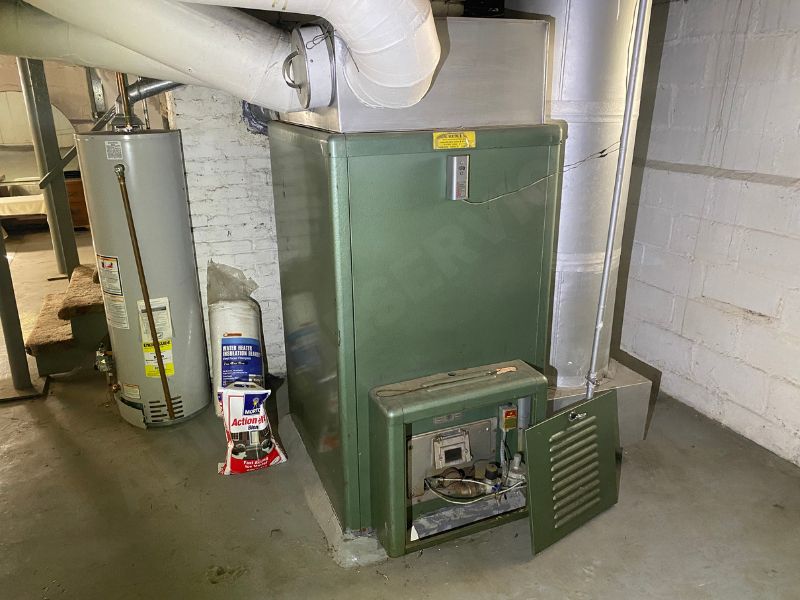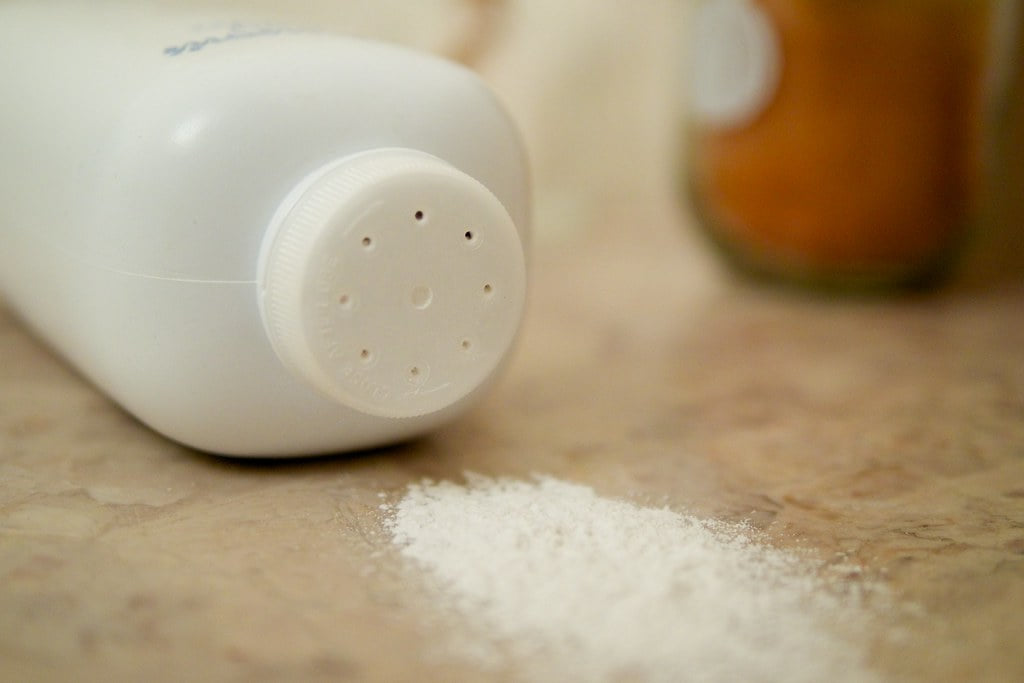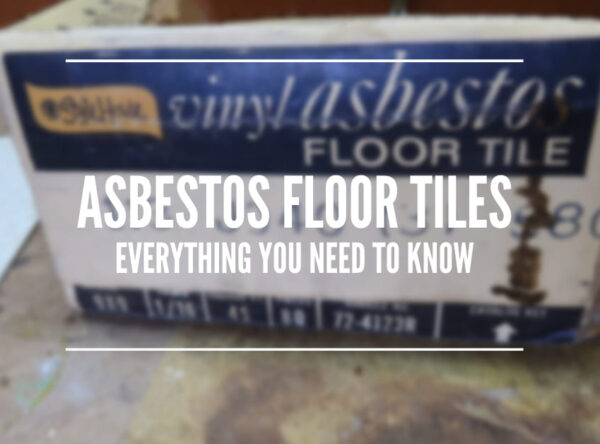Asbestos in Homes: Not Just Insulation
Should you have to worry about asbestos in homes after a certain age?
It should come as no surprise that our homes are built from a variety of materials and substances, some of which can be dangerous if mishandled. There are the obvious toxins that are frequently discussed due to their prevalence like formaldehyde and volatile organic compounds (VOCs).
However, there is one substance that can be easily missed due to being subjected to heavy regulations in the 1980s, asbestos.
It’s an extremely common misconception that asbestos as a mineral has been banned in the United States. The only thing banned regarding asbestos is the production of it and that ban wasn’t made official until 2002.
While asbestos use has been heavily regulated, the regulation of this substance is not enough to keep the public safe from its dangers and the lack of any ban allows for certain products to still contain as much as 1% of its total composition as asbestos.
The other major misconception surrounding asbestos is that its use is almost exclusively as insulation, and therefore so long as you stay away from old insulation, you’ll be able to stay away from asbestos. The unfortunate truth is that countless items and products have come to be contaminated by asbestos due to the mineral’s resilience and versatility, widespread availability, and most importantly, its appealingly low cost.
While insulation may be the most notorious source of asbestos contamination in the home, its notoriety steals the spotlight from other sources of asbestos in the home, such as in vinyl tiles and their associated adhesives and backings.
The most simple answer to the question of where else asbestos may be hiding in your home is to consider anything that is exposed to heat, temperature change, or friction as a possible source of contamination regardless of its manufacturing date.
Since the inception of major regulations on asbestos in the 1980s, the prevalence of this substance has slowly decreased, but due to the lack of a true ban, businesses were allowed to continue to sell the remainder of their stockpiled products regardless of whether those products were composed of asbestos.
As such, some contaminated products could have been used into the 1990s. Another important note is that today’s products manufactured overseas are not subjected to the regulations that domestically produced products must adhere to, which means that asbestos is still imported today.
With the prevalence of importing more and more affordable goods, the risk of asbestos in homes contamination in those products also increases since, as mentioned, the affordability of asbestos was one of the big selling points for the versatility of its uses.
Now that we’ve addressed a brief history of the use of asbestos in consumer products, we can get into breaking down some of the most common locations of asbestos in homes.
Asbestos in Homes: Appliances
As an insulator, asbestos is infamous for being utilized anywhere large amounts of heat or electricity are used, so historically, appliances have been a prime candidate for asbestos use as they frequently use large amounts of energy to function or they generate large amounts of heat like hair dryers, space heaters, ovens, refrigerators, and freezers.
Units like space heaters and hair dryers present a much greater hazard than other appliances since the heating elements are exposed to the open air so any asbestos used is more likely to also end up exposed to the open air.
Additionally, these appliances utilize a blower in their function which compounds the chances of disrupting any present asbestos fibers and assists in disseminating them throughout the living area.
Other appliances like refrigerators, freezers, and ovens are also likely to have significant asbestos contamination since the appliances themselves are much larger, and their function requires them to have sufficient insulation over their entire surface.
The reason they pose slightly less risk of asbestos exposure is the same reason they are likely to contain greater amounts of asbestos; the insulation needs to be sealed as completely as possible in order to reach their greatest operational potential.
So these types of units are most likely to only be hazardous when the asbestos inside of them is disturbed which usually takes the form of them being broken open or being disassembled to repair and replace parts.
Of course, the appliances mentioned above are not an exhaustive list, so it’s important to keep in mind that any appliances manufactured before the 1990s or installed before the 2000s poses a potential risk for asbestos exposure.
The best thing to do in regards to these appliances is to contact qualified asbestos abatement professionals who can assess the situation and can follow the proper protocols to ensure the material is handled and disposed of safely.
There are also home test kits available like this one: Asbestos Test Kit. Some people like to check the suspect material themselves before reaching out to an abatement company to verify if they do have asbestos in homes.
Asbestos in Homes: Plumbing, Electrical, and Heating Systems
As an infamous insulating material, asbestos was widely used in any situation where there needed to be a barrier between high energy and everything else.
The plumbing systems in old homes is easily an overlooked potential location for asbestos, but it was frequently used in pipe insulation and inside of hot water tanks or boilers, both commercial and residential. Basically anywhere that hot water was transported could have asbestos around.
Insulation is critical for any functioning electrical system as without it, there would only be shorts and surges which are dangerous for both anything living and anything powered by electricity.
Playing such a critical role, insulation can be found in nearly every bit of an electrical system, from the insulation surrounding individual wires, in lamp socket collars, switches and electrical boxes, to circuit breakers and fuse boxes.
It shouldn’t be too hard to think of how asbestos played a role in heating systems. All types of furnaces, any connected ductwork, and of course, radiators and steam-based heating systems are also subjected to possible asbestos contamination.
In addition, the surfaces surrounding all of these systems were also likely to be heat treated by means of applying an asbestos-based paper to protect the surfaces from damage and combustion due to the proximate heat sources.
Asbestos in Homes: Consumable Products
This isn’t referring to ingestible products, but rather products that are used in household activities and require repurchases as the products are used. The issues with these products are two-fold: First, these products are still in production and circulation today. Second, the asbestos that has been found in these products is due to cross contamination, typically during the extraction process as they occur naturally in the earth near asbestos deposits.
The first product is talc, or talcum powder, which is most frequently used in personal-care products with the most well-known being baby powder. Since talc is great at reducing friction and absorbing moisture, it is ideal for use on the body where dryness and prevention of rashes is desired.
When used, talcum powder is frequently aerosolized during application which enables the powder, and any associated asbestos fibers, to be inhaled.
Talc, however, is not solely found in baby powder, as it is also used in a number of cosmetic products like foundation and blush.
Since, by the nature of facial cosmetic products, they are applied close to the airways, it again elicits a higher chance of inhalation.
Although talc has been found to occasionally be contaminated with asbestos, it is not guaranteed to be contaminated and pure talc has not been determined to cause adverse health effects.
The second consumable product that has been found to occasionally be contaminated with asbestos fibers is vermiculite. Vermiculite is another naturally occurring mineral that, like talc, is frequently found in close proximity to asbestos. The most common place that vermiculite is used is in potting soil as a means to help aerate the soil while also retaining moisture.
Like talc, although it has been found to occasionally be contaminated with asbestos fibers, the contamination is relatively uncommon and pure vermiculite has not been found to cause adverse health effects.
Conclusion
The above list of possible sources of asbestos in your is far from exhaustive, and frankly, asbestos has been used in far more materials than you would likely ever consider having asbestos.
As a known carcinogen, it’s imperative that if you suspect that you found some asbestos in your home, that you contact a professional in asbestos abatement and discuss your options with them. Thankfully, most homes built after the 2000s are significantly less likely to have any asbestos unless specifically brought into the house by vintage appliances or contaminated consumer products.
The best way to protect yourself and your family from asbestos exposure is to stay informed on products that could contain asbestos and how to safely identify asbestos.









Ben Hendricks
Hi, I’m Ben, and I inspect houses. I grew up with a hammer in my hand, and have been a professional home inspector for 15 years. My blog is here for info about home inspections around the Louisville, Kentucky area, and just about anything construction-related.